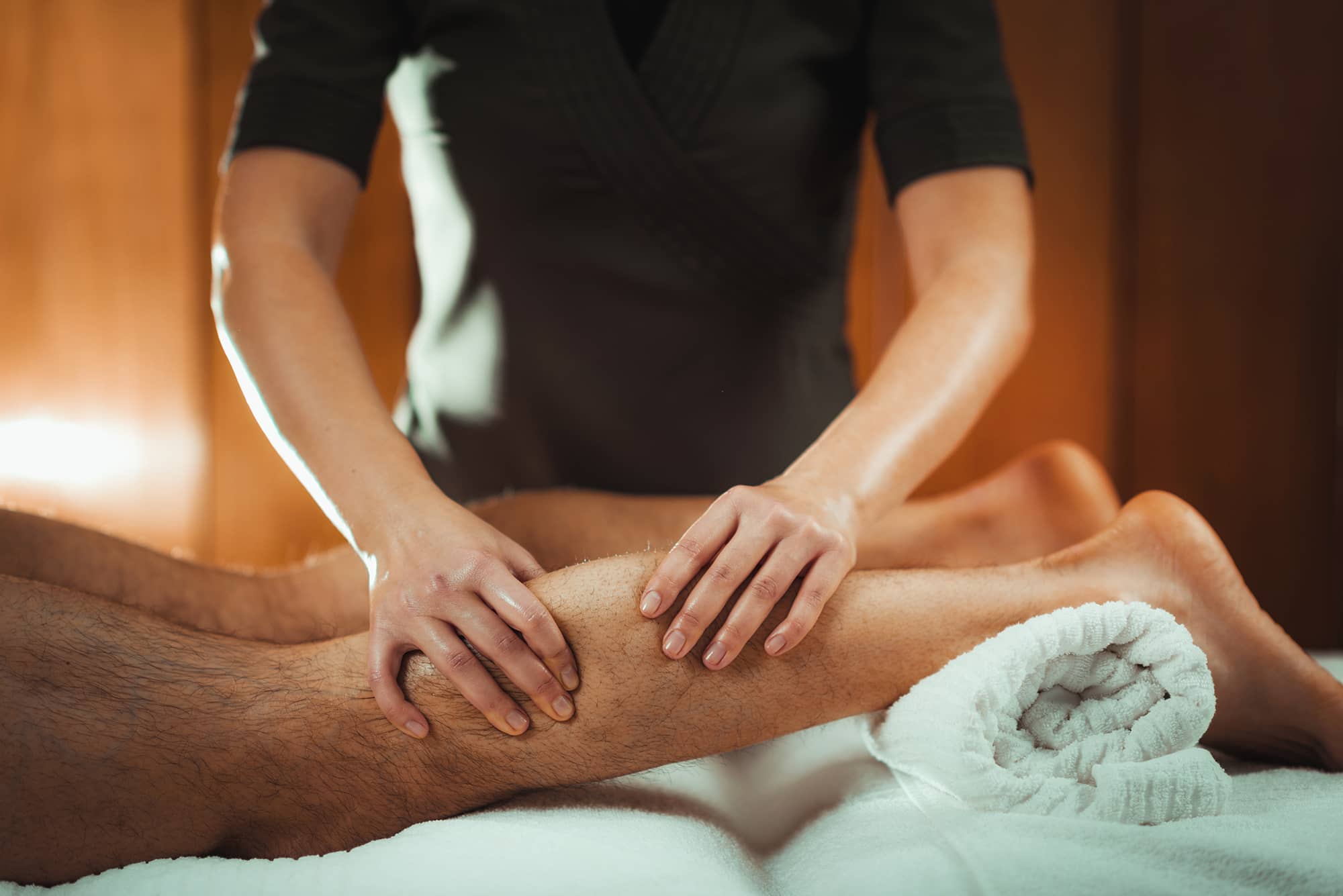Common Football Injuries and their Prevention
Football provides an enjoyable form of aerobic exercise developing teamwork, agility and coordination. It is currently the most popular team sport worldwide and is played and watched by billions. Regardless of age, level or technical ability players must be aware of the risks for injury.
Thankfully the majority of football injuries are soft tissue damage, with the majority of strains and sprains coming around the ankle and knee joint. Injury prevention, early detection of injuries and treatment will improve your performance and keep you on the field for longer.
Hamstring Tears and Strains
Strains and injuries to the hamstrings are the single most common injuries in football, with nearly every player at some point reporting pain and tightness in the back of the thigh. Hamstring injuries also have the highest re-injury rate and are associated with the longest time of playing so understanding how and why the muscles tear are vital to prevention.
Strength imbalances between the quadriceps and hamstrings are a predisposing factor to tears as football players depend on the hamstring muscles to allow for quick, explosive movements. These movements can put immense pressure on the hamstring muscles.
Key Prevention Tips
- Ensure a balance between the quadriceps and hamstrings regularly stretching and foam rolling both muscle groups.
- Train and Strengthen the hamstrings eccentrically utilising key exercises such as Romanian dead lifts and Nordic curls.
Ankle Sprains and Ligament Tears
A sprained ankle is a common occurrence in football. Referring to soft tissue damage (mainly ligament tears) around the ankle, usually when the ankle is twisted and rolled inwards. As well as damage to the ligaments, the capsule which surrounds the ankle joint can also be damaged. The damage causes bleeding within the tissues, which produces a swollen ankle and ankle pain.
People often report feelings of instability and feel predisposed to ankle sprains. Balance exercises are often overlooked and substituted for strength and stretching leading to recurrent issues. Rehabilitation should incorporate the use of stability exercises such as wobble boards and single leg balance exercises, this significantly increases proprioception and neural joint awareness reducing the risk of tears. The use of kinesiology tape and strapping can be used to improve stability but shouldn’t be advocated for constant use.
Key Prevention Tips
- Single leg strengthening exercises such as SL calf raises help to strengthen and stabilise the ankle.
- Using wobble boards and unstable surfaces train the injured ankle to properly balance and stabilise, promoting its resilience to uneven playing surfaces and external forces.
ACL Tears and Sprains
Anterior cruciate ligament (ACL) injuries can be detrimental to a player’s carrier if you suffer from a complete tear or a reoccurring tear often putting players out of the game for over a year. ACL injuries mainly occur without any player to player contact and when a player is changing direction or cutting. The mechanism of injury usually involves something called knee valgus (seen in picture) which occurs when the knee moves toward the midline of your body and your thigh and lower leg rotate in opposite directions causing the ACL to be under increased stress.
The nature of football carries a risk of ACL injury due to the amount of direction change/ speed and weight shifting however you can include the points below to reduce this risk.
Key Prevention Tips
- Hip/ Gluteal strengthing helps to reduce knee valgus and that knocked knees posture that stresses your ACL, you can find a great exercise for this here Glute exercise
- Global knee strengthening such as squats, lunges and deadlifts will help to support the knee and prevent increased forces going through the ligaments and joint instead of being absorbed by the muscles
We hope you have found this blog useful and if you feel like you are in need of further advice or treatment on a current or reoccurant ACL injury then please do not hesitate to contact the SB team!
